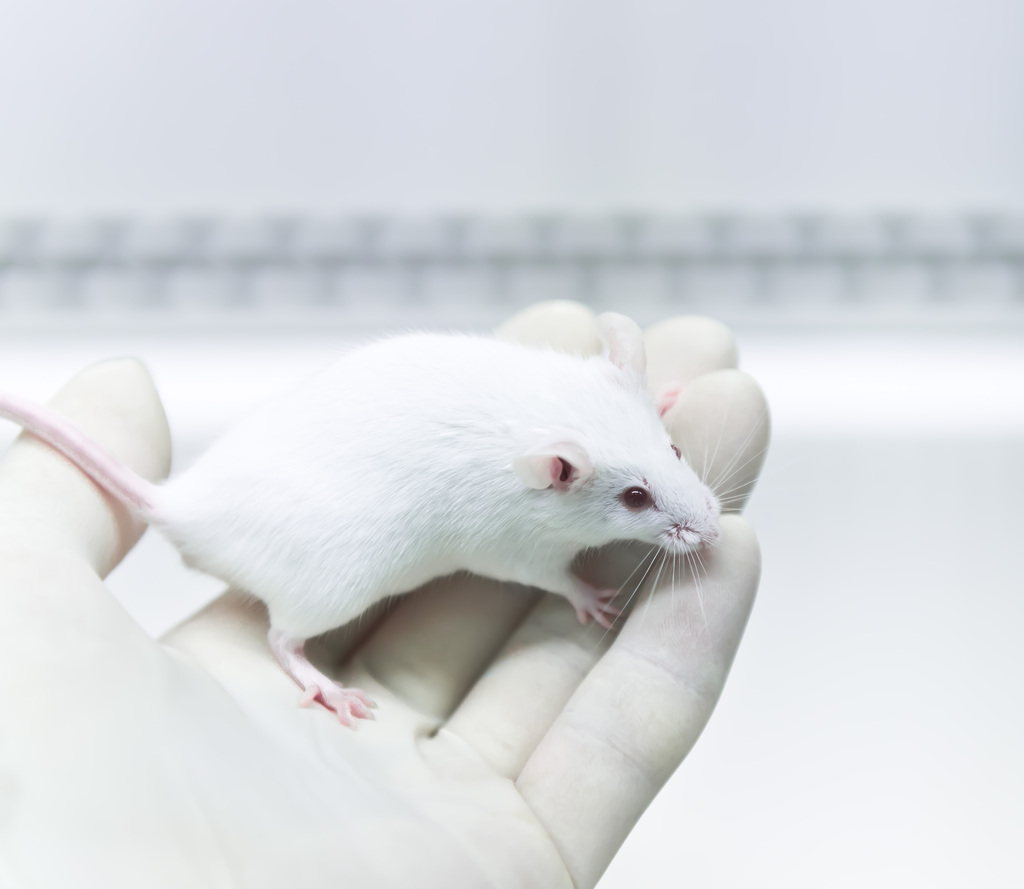Researchers Identify Potential New Fragile X Therapeutic Target Called Kv1.2
Written by |

Researchers have found that increasing the activity of a specific potassium channel called Kv1.2 with an omega-3 fatty acid present in fish oil restores nerve cell function and certain behaviors in mice with fragile X syndrome.
These findings highlight Kv1.2 as a potential therapeutic target for fragile X.
The study, “Identification of a molecular locus for normalizing dysregulated GABA release from interneurons in the Fragile X brain,” was published in the journal Molecular Psychiatry.
Abnormalities in the cerebellum — the part of the brain responsible for voluntary movement — are associated with autism spectrum disorders (ASD), of which fragile X is the most common inherited form. A reduced number or activity of Purkinje cells, the main nerve cells of the cerebellum’s cortex, has been observed in both autism and fragile X syndrome.
Preclinical studies in a mouse model of fragile X — mice lacking the FMR1 gene (and, consequently, the FMRP protein), which is the defective gene in fragile X patients — have suggested that FMRP is involved in the suppression of Purkinje cells in the cerebellum.
While FMRP is known to regulate the presence and function of several ion channels, which are involved in the activation of nerve cells and the production of electrical impulses (excitability) that transmit information, how FMRP potentially controls the activity of Purkinje cells remains unknown.
Researchers at the University of Toronto in Canada evaluated what happens to the circuit of nerve cells in the cerebellum of a mouse model of fragile X.
They found that the loss of the FMR1 gene leads to an over-suppression of Purkinje cells’ activity by basket cells — a type of nerve cell that regulates nerve circuits by keeping in check the excitability of the main nerve cells.
Basket cells in these mice were found to release excessive amounts of a suppressive chemical messenger called GABA due to an increased excitability and lower-than-normal levels and function of a type of potassium channel called Kv1.2.
Additional experiments showed that FMRP critically regulates the activity of Kv1.2 potassium channels by directly binding to them, thereby regulating the excitability of basket cells, the release of GABA, and the activity of Purkinje cells.
These findings suggest that loss of the interaction between FMRP and the Kv1.2 channel is crucial for the development of fragile X syndrome.
Researchers then searched for molecules that would boost Kv1.2 channels’ function, as they hypothesized that boosting their function could potentially restore the normal levels of the suppressed Purkinje cells in the cerebellum.
They found that docosahexaenoic acid (DHA) — an omega-3 fatty acid present in fish oil and a main structural component of the human brain, skin, and retina — significantly increased the activity of Kv1.2 channels and restored the nerve cells’ activation and suppression balance.
Fragile X mice fed or injected with DHA (which can cross the blood-brain barrier that restricts the passage of molecules into the brain) showed improved social skills and reduced the effect of acoustic startle reflex, a sudden muscular movement in response to a loud unexpected sound that is enhanced in both humans and mice lacking FMR1.
“Experiments with DHA provide a proof of principle that … [Kv1.2 channel] can be a valid target for therapeutic intervention and a strong candidate for clinical trials [in fragile X syndrome],” researchers wrote.
They noted that, while the administration of DHA in healthy mice showed no obvious effects, additional studies are needed to exclude potential off-target actions of DHA.
Since FMRP protein is also reduced in other forms of autism, this strategy may be applied in other ASDs.





